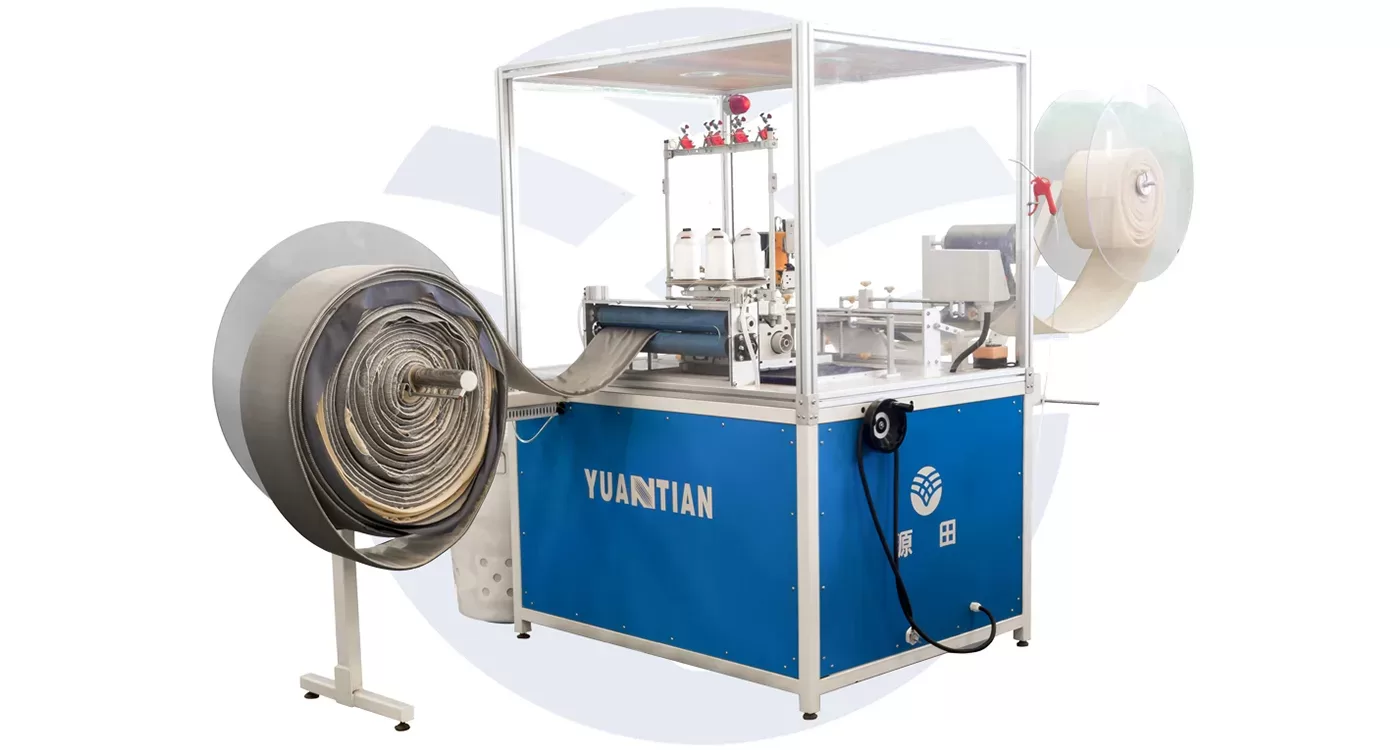- Home » Advantages of Using an Automatic Sewing Machine in Mattress Production
Mattress making is an art that has undergone several changes with the passing of years, largely being influenced by changing technological and manufacturing developments. The breakthroughs in this field are the introduction of automatic sewing machines.
These machines revolutionized the way mattresses used to be and are still being made today. These machines provide a lot of benefits based on productivity, quality, and efficiency for mattress production. This paper discusses the different advantages of using automatic sewing machines for mattress production.
Enhanced Precision and Consistency
Improved Stitch Quality
Automatic sewing machines are specifically designed to bring about uniformity and precision in the stitches of every nature of the mattress. In a mattress, quality stitches are vital for durability and aesthetic appeal.
By taking advantage of automatic sewing machines, a manufacturer is assured that each stitch will be uniform and consistent so as not to have weak points that may cause the mattress to wear off prematurely.
Reduced Human Error
No matter how good an operator may be, there is always the factor of human error associated with manual sewing. These errors then translate into aberrations of the final product in terms of uneven stitching or misaligned patterns.
On the other hand, automatic sewing machines are programmed to relatively precise patterns and parameters, which virtually rules out human error. This consistency will not only raise the quality of the mattresses but significantly reduce the possibility of defective products making it to the market.
Increased Productivity and Efficiency
Faster Production Speeds
One of the most apparent benefits of automated sewing machines is that a sewing machine can operate at high speeds. Large machines can take up much faster stitching than a human operator, thus significantly increasing the rate of production.
Mattress making is one of those industries that has great demand, so this increase in speed can be particularly helpful in ensuring production deadlines are met.
Continual Operation
This is attributed to the fact that automatic sewing machines will not tire and can work continuously with very minimal breaks, unlike human workers. Such continuous work means that production lines can run for a longer period without breaks, thereby increasing overall productivity.
Besides, these machines require less supervision, hence enabling operators to focus on other critical tasks within the production process.

Cost Efficiency
Reduced Labor Costs
Whereas fully automatic sewing machines require a huge up-front investment, the producer can save quite a lot of money on labor in the long run. Fewer operators are needed to run a sewing process, hence reducing labor costs for the producer.
In addition to enhanced speed and efficiency, fewer workers are required to complete the same number of produced mattresses, hence resulting in more savings.
Less Material Wastage
The design of automatic sewing machines is such that it optimizes material use, reducing wastage. Precise stitching and cutting reduce excess materials, which are resulting byproducts of manual sewing processes. This thus reduces material costs and offers an avenue for greener manufacturing.
Versatility and Flexibility
Adaptability to Various Designs
The machines are versatile, with a number of stitching patterns or designs that can be pre-programmed into the automatic sewing machines.
This flexibility in the mattress industry is central because manufacturers have to make various kinds of mattresses with variable characteristics and fashions. This easy changeability between sewing patterns aids manufacturers in becoming responsive to market demand quickly.
Customization Options
With automated sewing machines, it becomes easy to personalize mattresses for consumers. Be it any stitching pattern, embroidery of logos, or any other design element; such machines can bring about customization with utmost ease. This not only provides better customer satisfaction but certainly opens a new avenue of markets for manufacturers.
Improved Worker Safety and Ergonomics
Reduced Physical Strain
Manual sewing is physically stressful, and this results in the tiredness and probable injuries of employees. Automatic sewing machines remove part of the physical pressure from the operator due to the mechanization of the most labor-intensive actions. This step toward improvement in ergonomics sets the base for a safer workplace—that may reduce work-related traumas and health problems.
Enhanced Safety Features
Modern automatic sewing machines are equipped with advanced safety features that safeguard the operators. Those can be emergency stop buttons, automatic needle guards, or sensors, which would check any irregularity in the sewing process. Ensuring the better safety of the worker will assist manufacturers in reaching the goal of creating a safer and healthier workplace.

Advanced Technology Integration
Real-time Monitoring and Quality Control
Advanced versions of most automatic sewing machines nowadays come equipped with sensors and software that facilitate real-time monitoring of the sewing process.
The technology, in simple terms, helps manufacturing entities keep tabs on how well their machines are working and detect any issues in real time. Early action on these problems will have consistency in quality and thus avoid expensive rework.
Data Collection and Analysis
Modern automated sewing machines generally integrate data collection and analysis functions. This kind of data provides much useful and very necessary information on production efficiency, the performance of the machines, and quality control over the finished products.
According to the results of such data analysis, manufacturers are able to detect the line where improvement can be made and thus optimize production processes and make the right decisions toward better general efficiency.
Conclusion
The mattress manufacturing industry therefore gains in numerous aspects by incorporating automatic sewing machines, given that such machines significantly improve precision, productivity, and efficiency while decreasing costs and ensuring that a worker does not suffer from accidents.
With these, quality mattresses can be produced in uniform stitching, speed, and reduced material wastage. Besides, with the versatile and technically advanced design of sewing machines, the same kinds of facilities and competence are placed upon the manufacturer to move along with the market demands and offer products in accordance with customer liking.
Связанные с ними товары

















